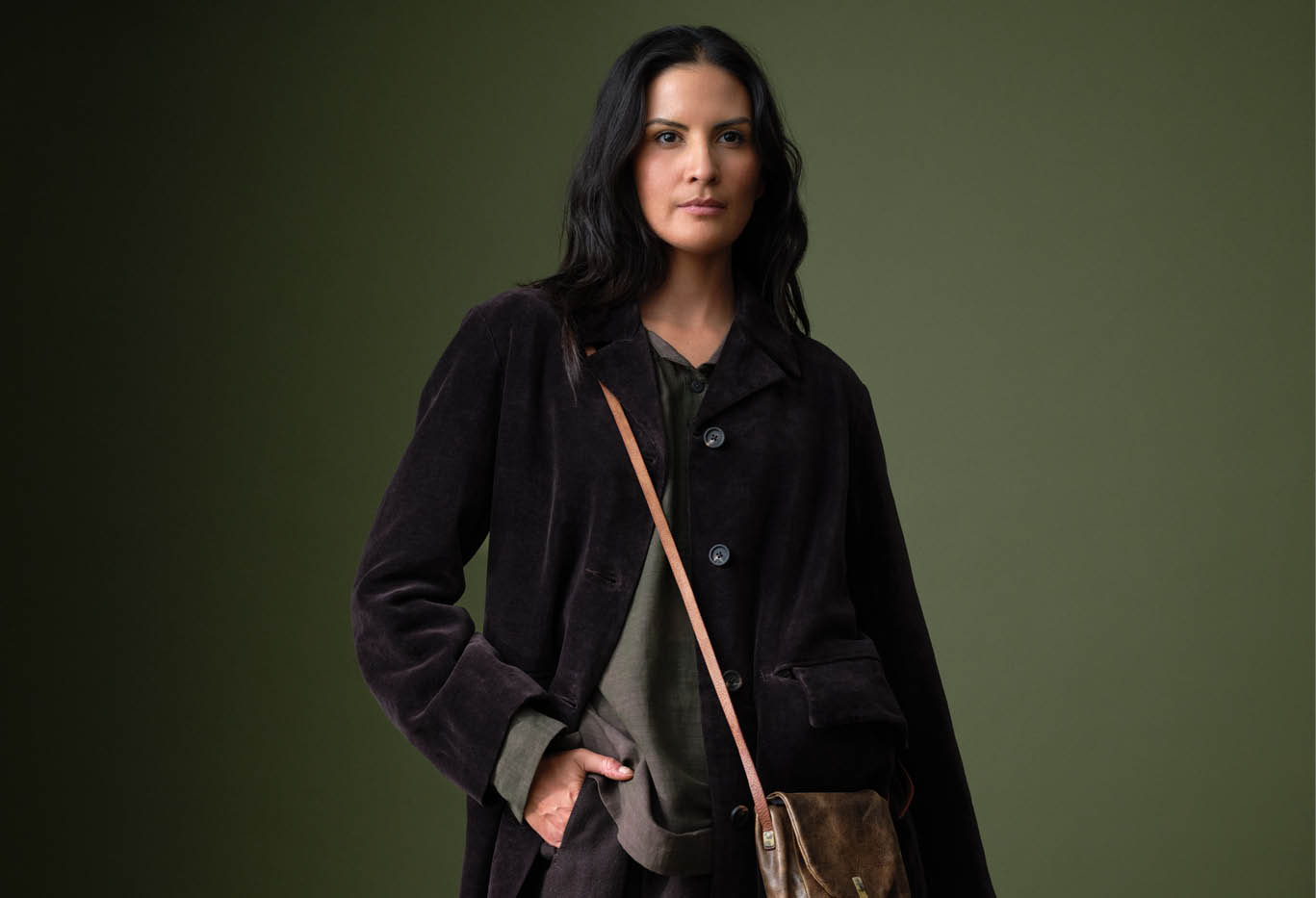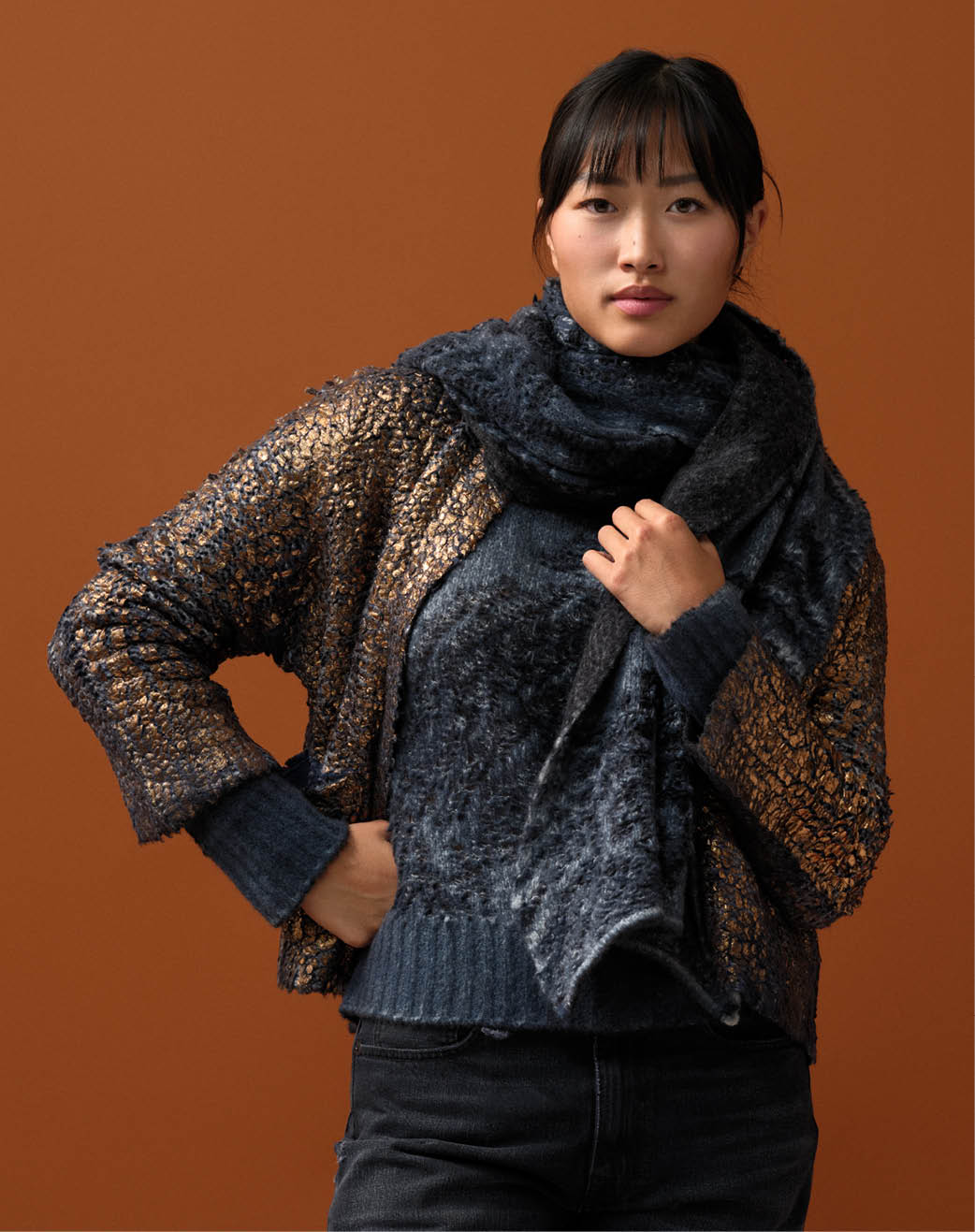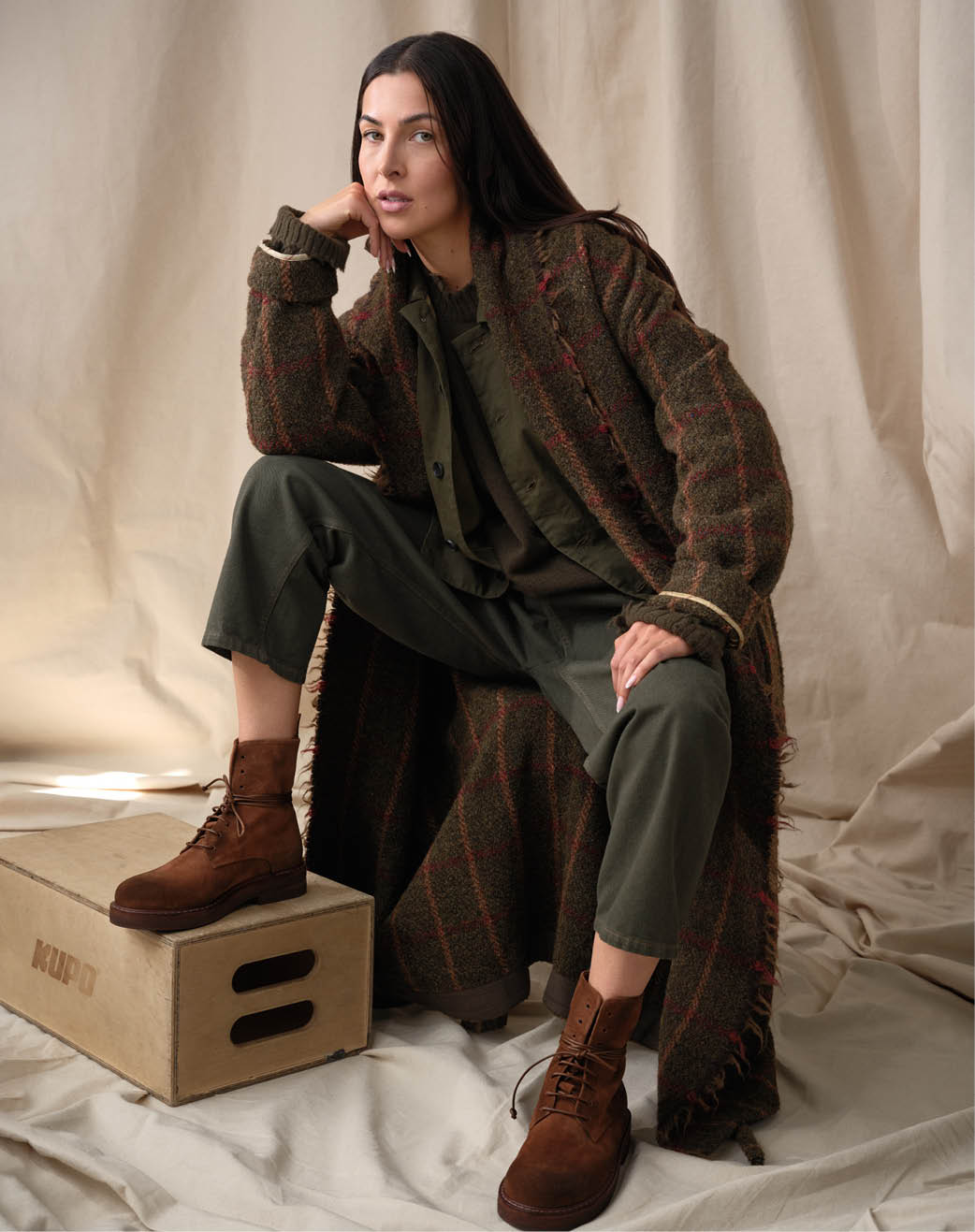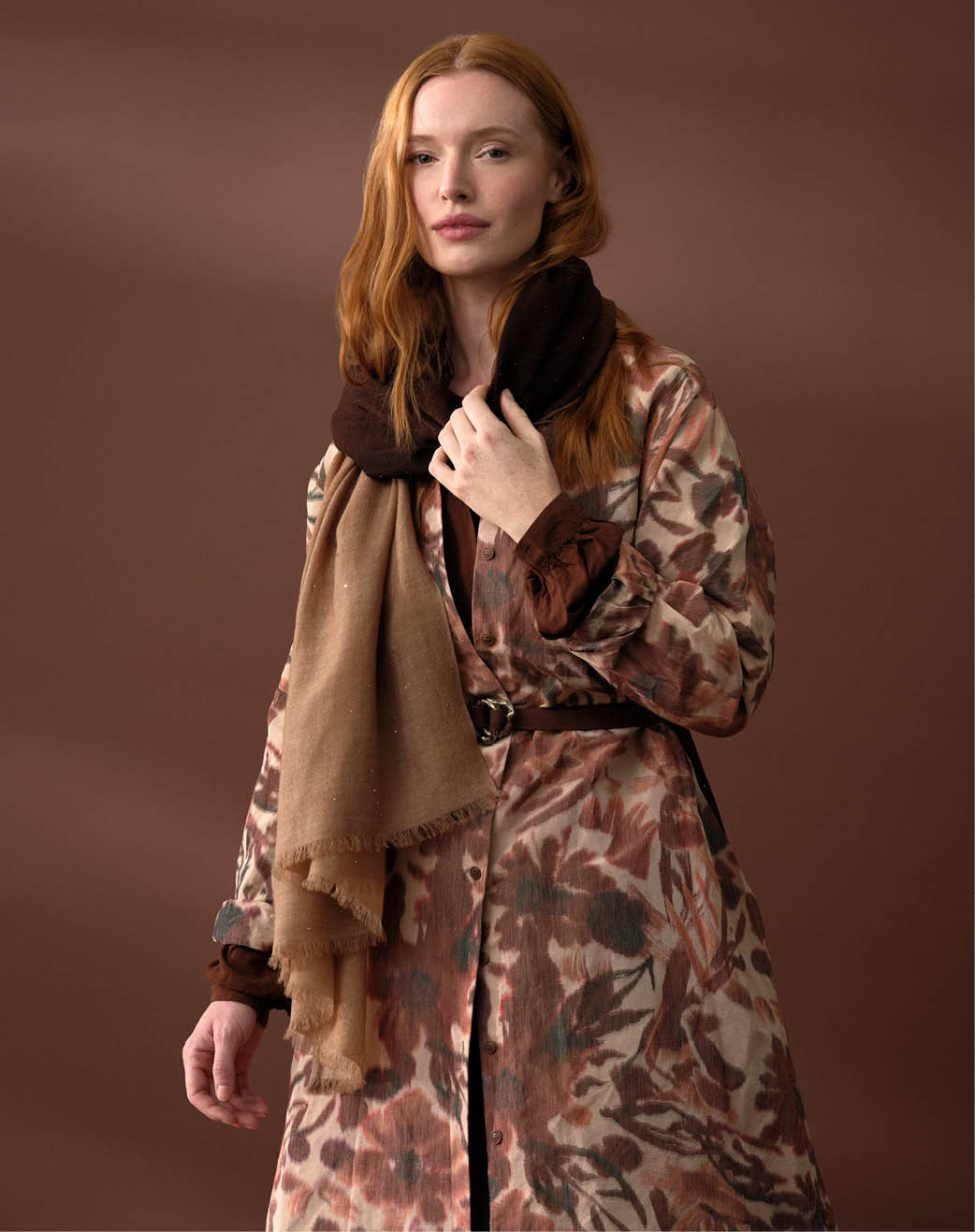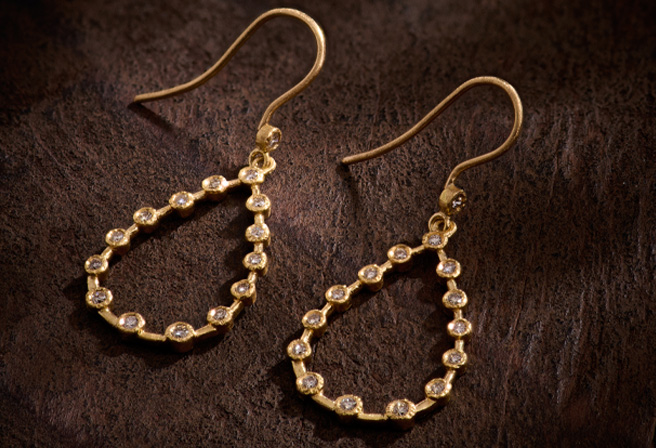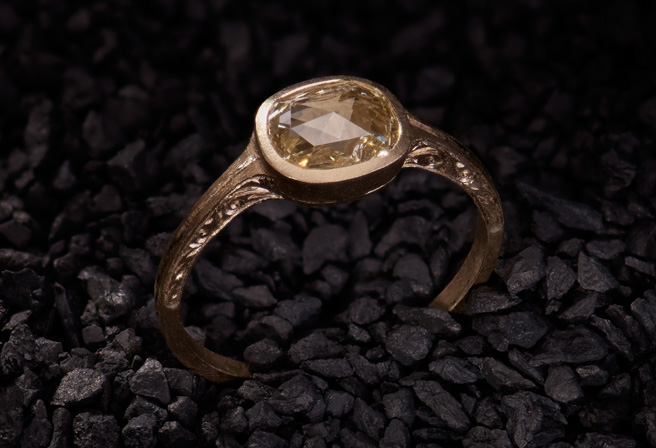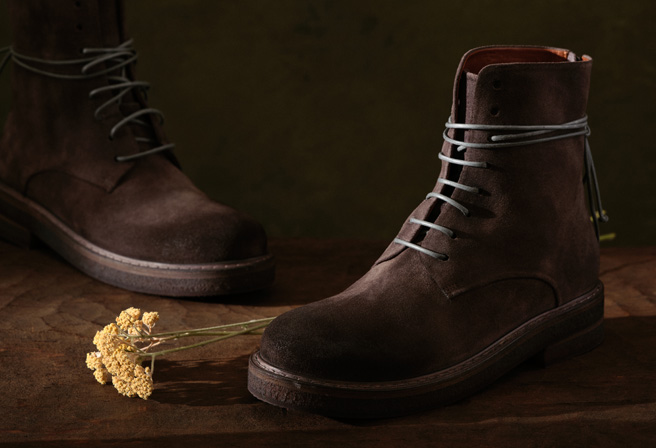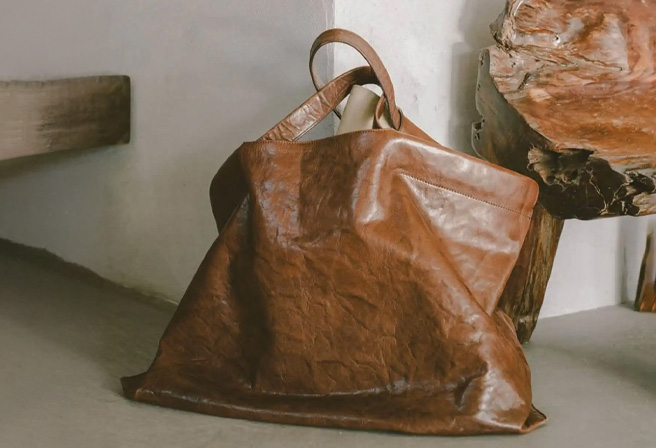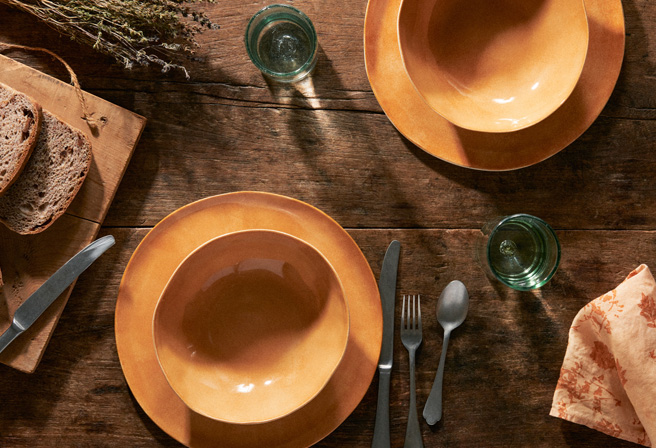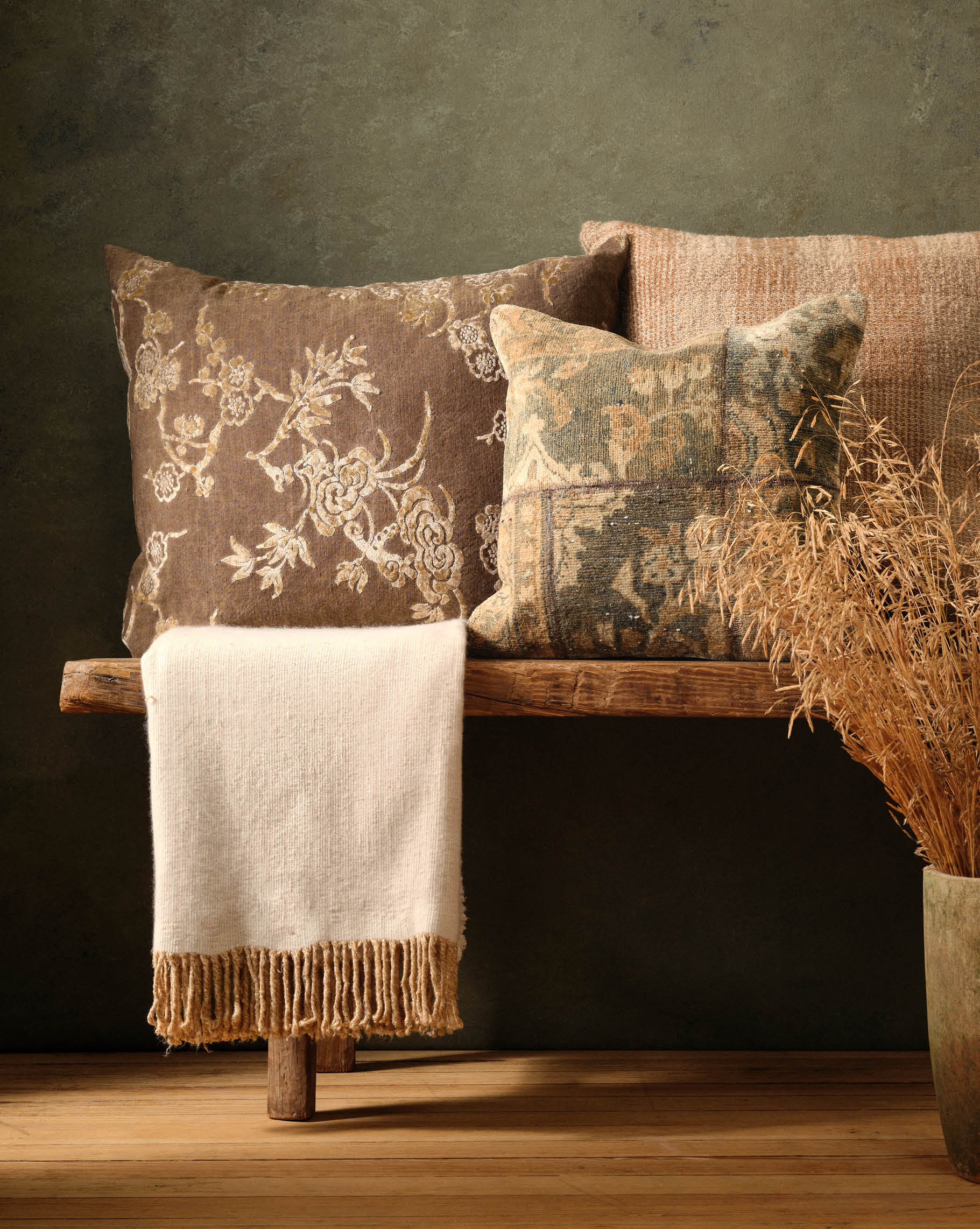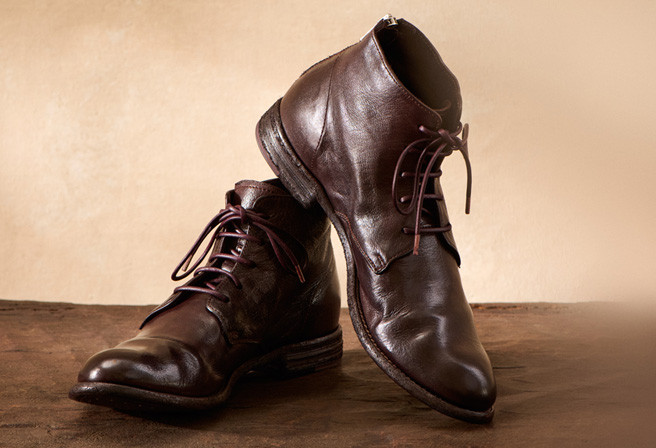
A mountainside overlooking Kyoto glistens in the early morning dew. A gentle golden light drips itself over the outcrops of rock, pooling in the flat spaces, cutting through the gentle grey haze of dawn. Beside the crooked path, an ancient, wooden Not theater barely stands in the amber light. Built on the stone overlooking the city below, the residents would snake their way up the path for each moon, eager to watch their favorite plays and dances. However since the fall of the Tokugawa Shogunate, the theater has fallen into disrepair, the actors now forbidden to perform. To shade themselves from the mid-simmer sun and to screen themselves from the cold mountain winds at night, many animals on the mountainside have been using the abandoned stage as a shelter. It has become their home and refuge; a place to raise their young and protect their nests.
One day, the villagers decide that the crumbling theater is an eyesore and that they will demolish it. Owing to his large ears, the hare overhears their plans and hastily runs back up the mountain to relay the news to his friends. The animals are panicked and immediately begin quarreling over the unwelcome announcement. The wily fox, as wily foxes are prone to do, slopes away unnoticed behind a bamboo screen. A few minutes later, he reappears, dressed in a fine embroidered kimono, its golden threads shimmering in the morning sun. Having discovered the ancient playbook, he has used his sly wit to unlock the dusty costume chest and has dressed himself in his luxuriant findings. His cunning plan is to fool the villagers into believing that the theater is possessed by benevolent spirits (Yõkai), and therefore convince them that it would be a bad omen to demolish it. The other animals leap with gleam this masterful ploy and jump into the chest, rummaging to find costumes for their new characters. Inros and netsukes, armor and tassels, fans and ribbons, the box is a treasure trove of spectacular adornments.
As the villagers footsteps crunch towards the theater, the animals are prepared for and awaiting their arrival. With the deep hollow rhythm of the Tsuzumi drum beaten by the spoonbill, the grand performance begins. – Sabina Savage
This year Sabina’s collection references the costumes, masks and plays of ancient Japanese Noh theatre. Along with antique woodblock prints, kimono patterns and tales from folklore, she has handcrafted another adventurous story. The intricate hand-carved artwork found on inros (small wooden or ivory boxes used as an external ‘pocket’ tucked under an obi) and netsukes (the tiny wooden or ivory bead to stop the inro slipping through) also played a large part.

The Rooster’s Dance
Set on the white sands of Miho beach, the Onagdori Roosters perform Hagoromo (The Feather Mantle). As the mystical cloak of feathers swirls into the sea breeze, it transforms into a flock of elegant, richly colored birds; their tassels and precious netsukes trailing in their wake.

The Cunning Kitsune
The sly fox uses his obi braid to fasten his additional 8 tails, transforming himself into Genkuro, a mystical Kitsune. As their performance unfolds, the hare begins to feel uneasy and suspects the fox may be using the play to gain himself an early dinner.

The Spoonbill and Jindo
With his flowing mane of silken tassels, the Jindo dog has cleverly disguised himself as a sacred, mythical guardian Komainu (Lion Dog). With the aid of the Roseate Spoonbill carrying his props, he plays the role of Yorimasa, a great samurai warrior, laying down his fan and signaling the end of the performance.

